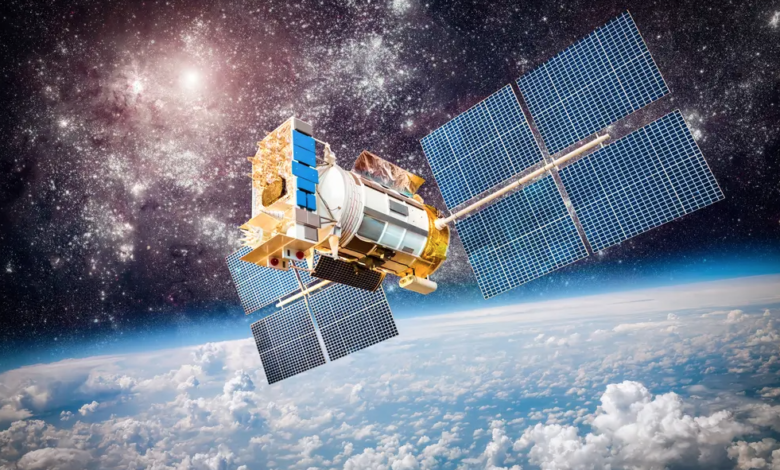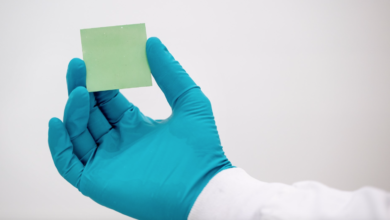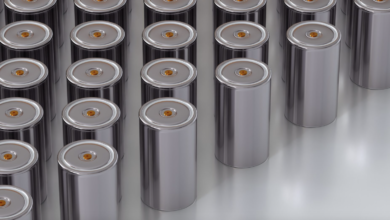Photovoltaic systems in space, it is not a utopia
Tested in space for 6 years new cadmium telluride cells
Building photovoltaic systems in space that produce energy to be sent to the ground is not a utopia. And if the various space projects launched in recent years were not enough to try a first approach, today a new sector research is proving its feasibility. In a joint initiative, researchers from the Universities of Surrey and Swansea, both in the UK, tested in orbit new lightweight, economical, efficient and durable cells. The experiment lasted six years, 5 more than expected, and showed that the team’s thin film photovoltaic can withstand the vacuum, harsh spatial thermal conditions and aggressive ionizing radiation.
In detail, scientists at the Centre for Solar Energy Research at the University of Swansea have developed new solar cells with cadmium telluride (CdTe), a material that is not without its critical aspects but is the basis of ultra-thin and economical photovoltaic modules.
The choice fell on the CdTe for a solid reason: to be practical and cost-effective, photovoltaic plants in space must use cells with very high specific powers (that is, power per mass unit – W/kg) and with a cost per watt much lower than that of units used in traditional solar systems (mostly crystalline silicon).
The dream of large photovoltaic systems in space
The solar cells in cadmium telluride although they need a wider area, ensure lightness, power and economy. But the real question the researchers asked themselves was: Will technology withstand even the difficult space environment? To answer the question, the Swansea team deposited the CdTe directly on an ultra-thin glass qualified for space. He made four prototypes of solar cells, which became part of the experimental payload, developed by CSER and the Surrey Space Center (SSC), for the technological demonstration launch of the Algerian Space Agency (ASAL) and the British Space Agency. Let’s talk about the AlSAT-1N CubeSat, shipped into orbit on September 26, 2016.
read also Solar panels in space, wireless photovoltaic is in orbit and works
“We are very pleased that a mission designed to last a year still works after six years,” commented Professor Craig Underwood of the University of Surrey with satisfaction. “This detailed data shows that the panels have resisted radiation. And their thin film structure has not deteriorated under the harsh thermal and vacuum conditions of space. Ultra-low-mass solar cell technology could lead to large, low-cost solar power plants deployed in space, sending clean energy to Earth. Now we have the first proof that the technology works reliably in orbit”.






